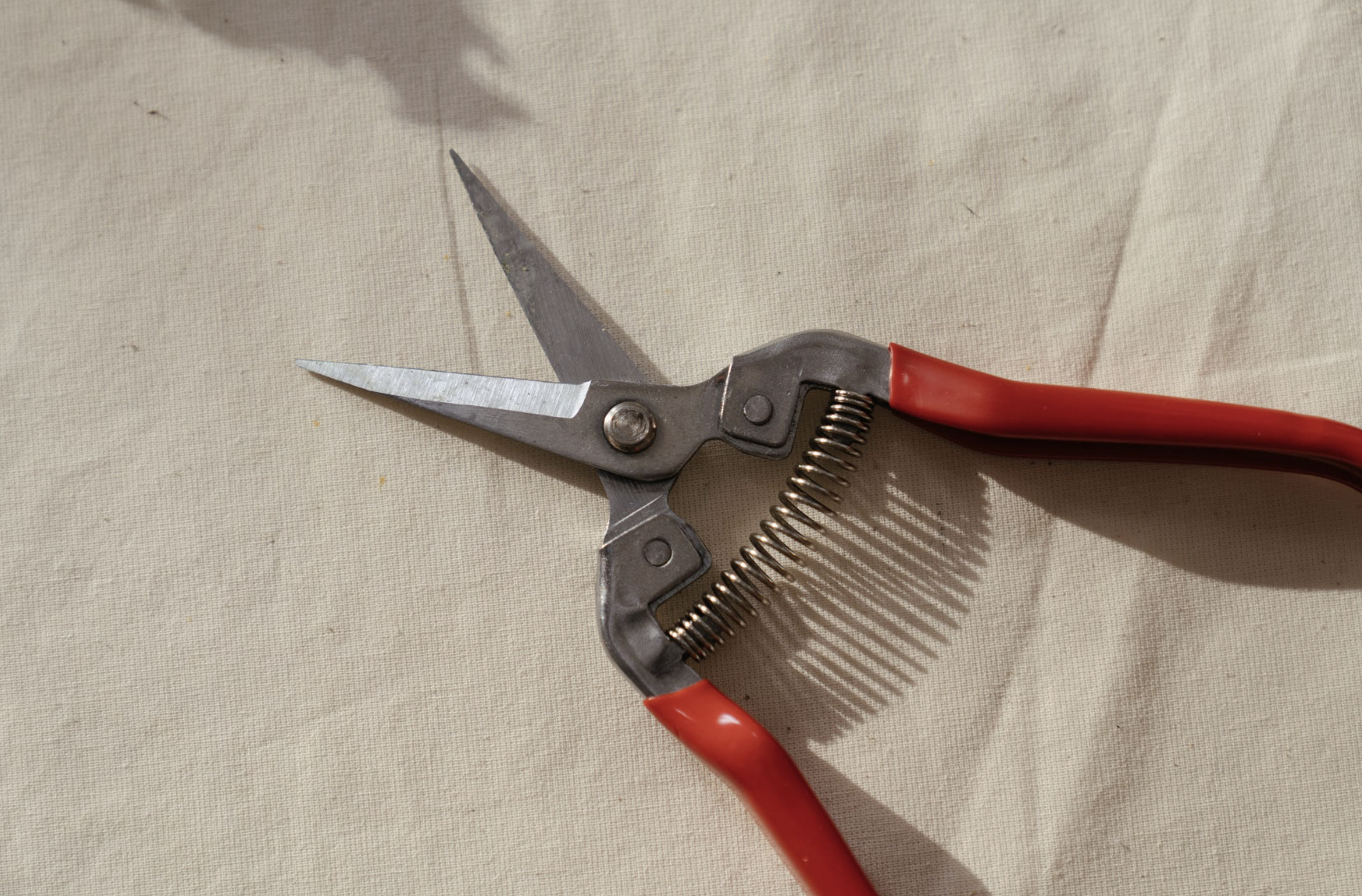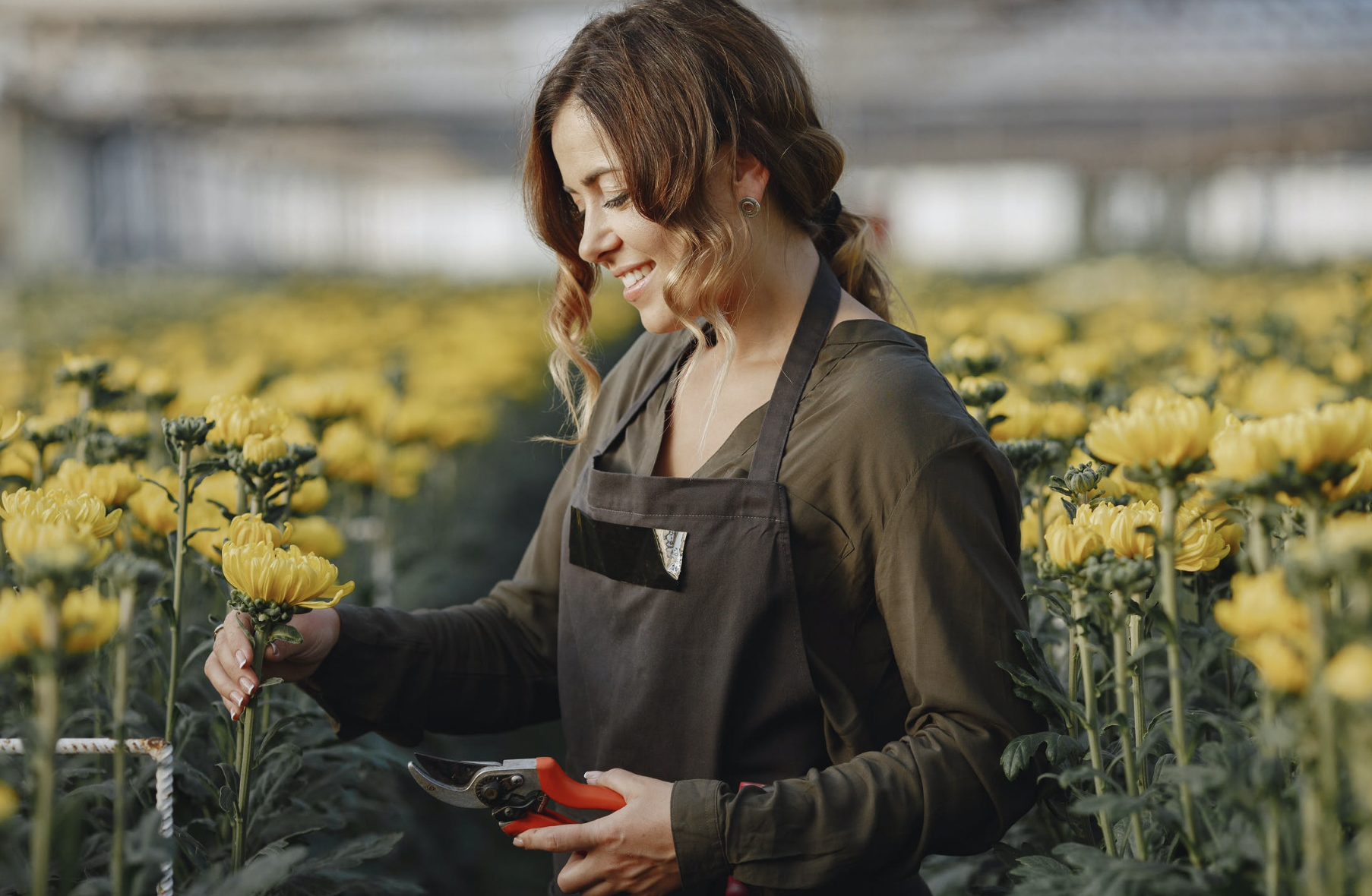)
The Guide to Deadheading Your Garden
Everyone wants a lush yard with blooms everywhere, all season long. This of course means work – and that’s not so nice. We are here to help make things a little easier for you and your plants with the Guide to Deadheading! Even beginner gardeners can quickly learn how to deadhead plants to encourage more growth and nearly guarantee an extended blooming season.
Tools You Will Need
- Pruners
- Pruner Holster (Optional)
- Bucket or Small Pail for Waste
What is Deadheading?
Deadheading refers to simply removing the dead flower heads from your plants. It’s that simple.
Removing spent flowers has multiple benefits. Not only does the process clean up a plant’s appearance, but it also controls the spread of seeds and encourages your flowers and plants to continue to grow thicker and fuller than before.

Why Do I Need to Deadhead My Flowers?
If performed regularly, this basic garden task doesn’t require much time or thought. You can deadhead while listening to music, talking on the phone, or before or after watering. By making it part of your routine, it becomes much easier to accomplish.
Not to mention the reward of having a clean and crisp garden each day for you and your loved ones to admire.
Are There Benefits for My Plants?
It’s no surprise that a plant’s purpose goes beyond brightening your space and making your yard shine. Your garden is part of a much larger ecosystem that supports all types of wildlife.
The primary goal of a plant is to propagate.
Once a plant has produced a round of successfully pollinated flowers, it begins to focus its resources on developing seeds. Both annuals and perennials put their energy into producing seeds to ensure the survival of their species.
When plants like petunias and roses stop blooming in early summer, it’s time to eradicate the deadheads to re-invigorate your plant and encourage it to flower again. So, the process of deadheading begins.
By doing so, you help continue this incredible cycle.

How to Deadhead Flowers
Picking apart each plant in your garden can seem like a bit of a large task. If you’re staring out into your yard not knowing where to start, break your gardens into sections. Now, do a section at a time whenever you have a few minutes. Or designate specific sections for specific days when you’re watering!
Now, grab your bucket and your pruners, it’s time to deadhead!
- You can begin to deadhead flowers any time they begin to fade. This is easy to see in single flowers on single stems. Deadheaded once plants with multiple blooms are 70 percent faded. This generally begins towards the end of summer and into fall.
- Where to deadhead or prune a plant can change depending on the species. For a basic rule of thumb, deadhead your spent flowers and stems back to ¼ inch above a new lateral flower, lateral leaf or bud. This encourages new growth and healthy foliage.
- Make the deadhead cut. We always recommend pruners. They are clean and easy to use. They also ensure a clean cut without hurting the plants. These can also be found at either Fora Outdoor Living location.
- Cleaning is simple. Part of the reason we deadhead is to clean the gardens. By bringing a bucket or pale, you ensure that deadheads and waste products are removed from your beds.
You’re done!
Continue to water, and care for the gardens as per usual. This should involve fertilization and we carry ample products to help you with keeping healthy soil as well.
Ready to get started? Come visit us at Fora Outdoor Living today and speak with our expert staff. We will be happy to help.
To read more articles just like this one visit our blog by clicking here.